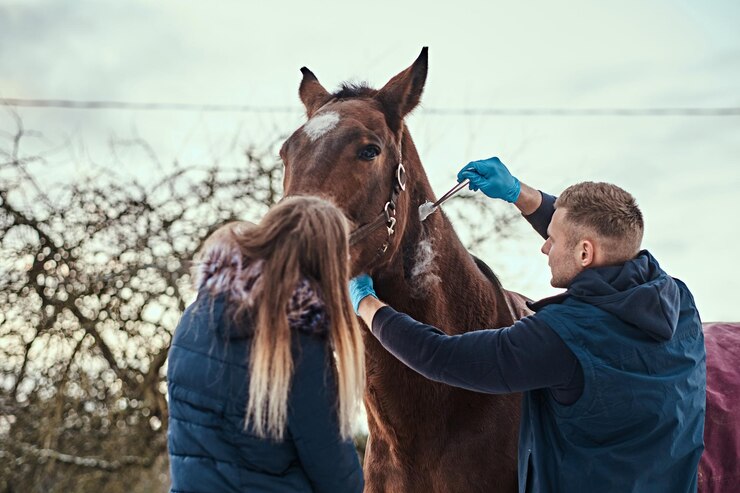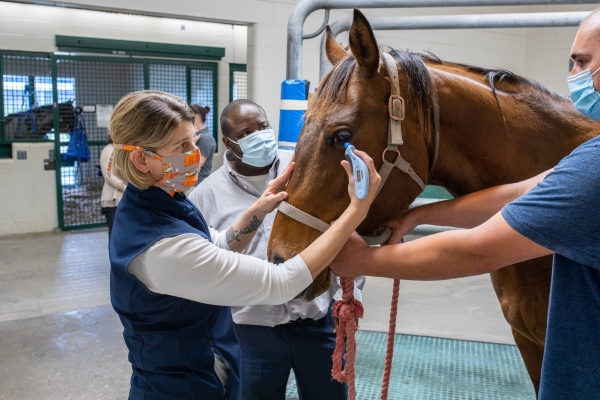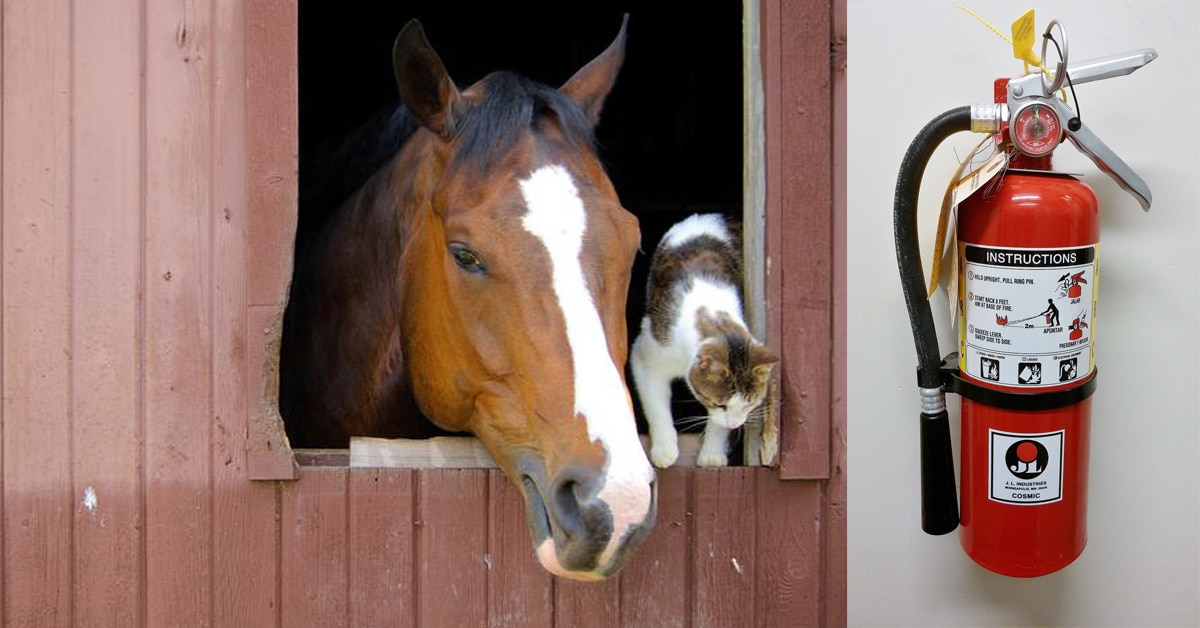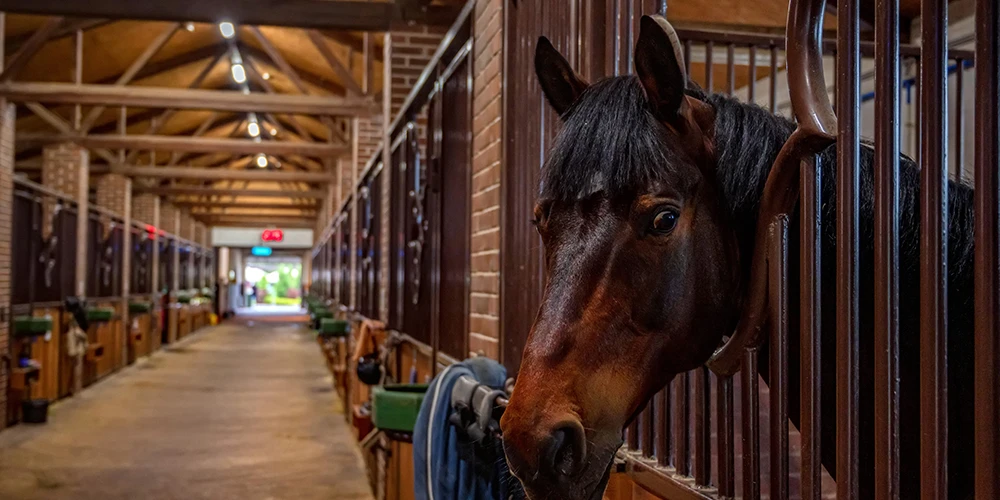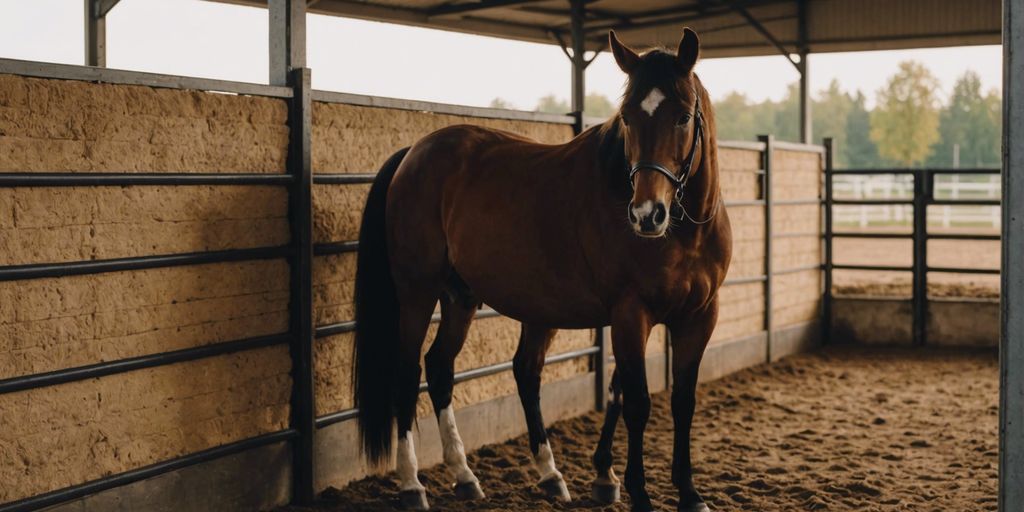Ensuring a reliable and clean water supply is crucial for the health and well-being of horses in stables. Water plays a vital role in hydration, digestion, and overall health maintenance. Read More
In this blog, we’ll explore both natural and artificial solutions for water system maintenance in horse stables, including options such as ponds, rivers, and piped water systems.
Natural Solutions
1. Ponds or Rivers:
- Utilizing natural water sources such as ponds or rivers can provide a sustainable and cost-effective water supply for horse stables.
- Regular monitoring and maintenance are essential to ensure water quality and availability, including testing for contaminants and ensuring adequate flow rates.
2. Rainwater Harvesting:
- Implementing rainwater harvesting systems can capture and store rainwater for use in horse stables, reducing reliance on municipal water supplies.
- Install guttering and downspouts on stable roofs to collect rainwater, directing it to storage tanks or reservoirs for later use.
3. Wells:
- Drilling a well on the property can provide access to groundwater for a reliable and independent water supply for horse stables.
- Regular well maintenance, including testing water quality and inspecting pumps and pipes, is essential to ensure a safe and consistent water supply.
Artificial Solutions
1. Piped Water Systems:
- Installing a piped water system with a pump and pipes can provide a convenient and controlled water supply to horse stables.
- Use submersible or surface pumps to draw water from wells, ponds, or municipal water sources and distribute it through pipes to watering troughs or automatic waterers.
2. Water Filtration Systems:
- Implementing water filtration systems can improve water quality by removing contaminants, sediment, and impurities.
- Install sediment filters, activated carbon filters, or UV sterilization units to purify water and ensure it is safe for consumption by horses.
3. Automatic Waterers:
- Installing automatic waterers in horse stalls or turnout areas can provide a constant supply of fresh water and reduce the need for manual watering.
- Choose automatic waterers with float valves or sensors that maintain water levels and prevent overflow or wastage.
Maintenance Tips
1. Regular Cleaning:
- Clean water troughs, buckets, and automatic waterers regularly to remove algae, debris, and biofilm buildup.
- Scrub surfaces with a mild detergent and rinse thoroughly to maintain water quality and prevent contamination.
2. Inspect Plumbing and Equipment:
- Regularly inspect pipes, fittings, pumps, and water storage tanks for leaks, corrosion, or damage.
- Replace worn or damaged components promptly to prevent water loss and maintain system integrity.
3. Test Water Quality:
- Test water quality regularly for pH levels, hardness, bacteria, and contaminants to ensure it meets safety standards for horse consumption.
- Follow local regulations and guidelines for water testing and treatment to protect the health of horses and caretakers.
Conclusion
Maintaining a reliable and clean water supply is essential for the health and well-being of horses in stables. By exploring natural options such as ponds, rivers, and rainwater harvesting, as well as artificial solutions like piped water systems and filtration equipment, horse owners can ensure a consistent and safe water supply for their equine companions. Regular maintenance, cleaning, and water quality testing are essential practices to safeguard the health of horses and maintain the integrity of the water system in horse stables.

